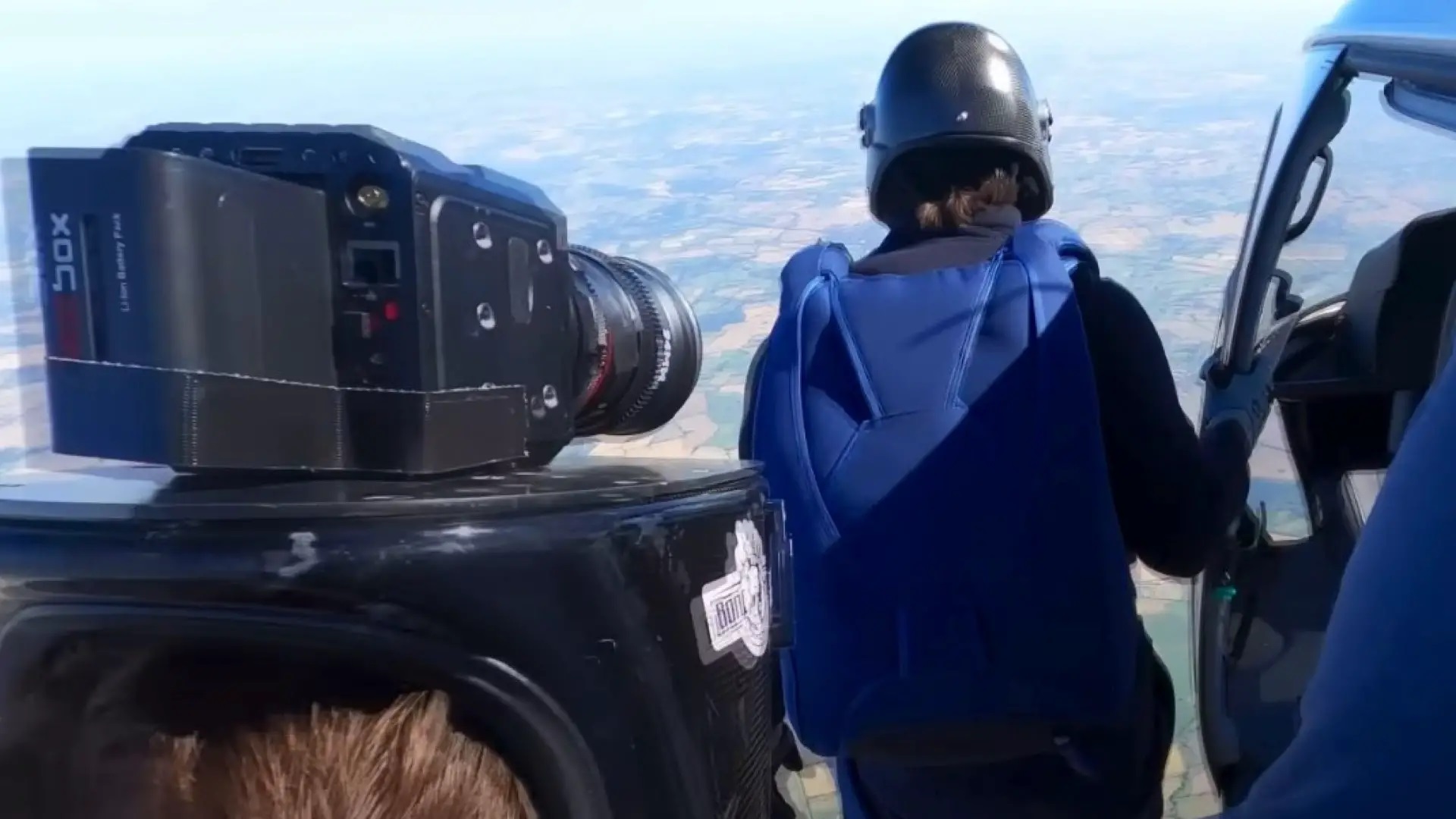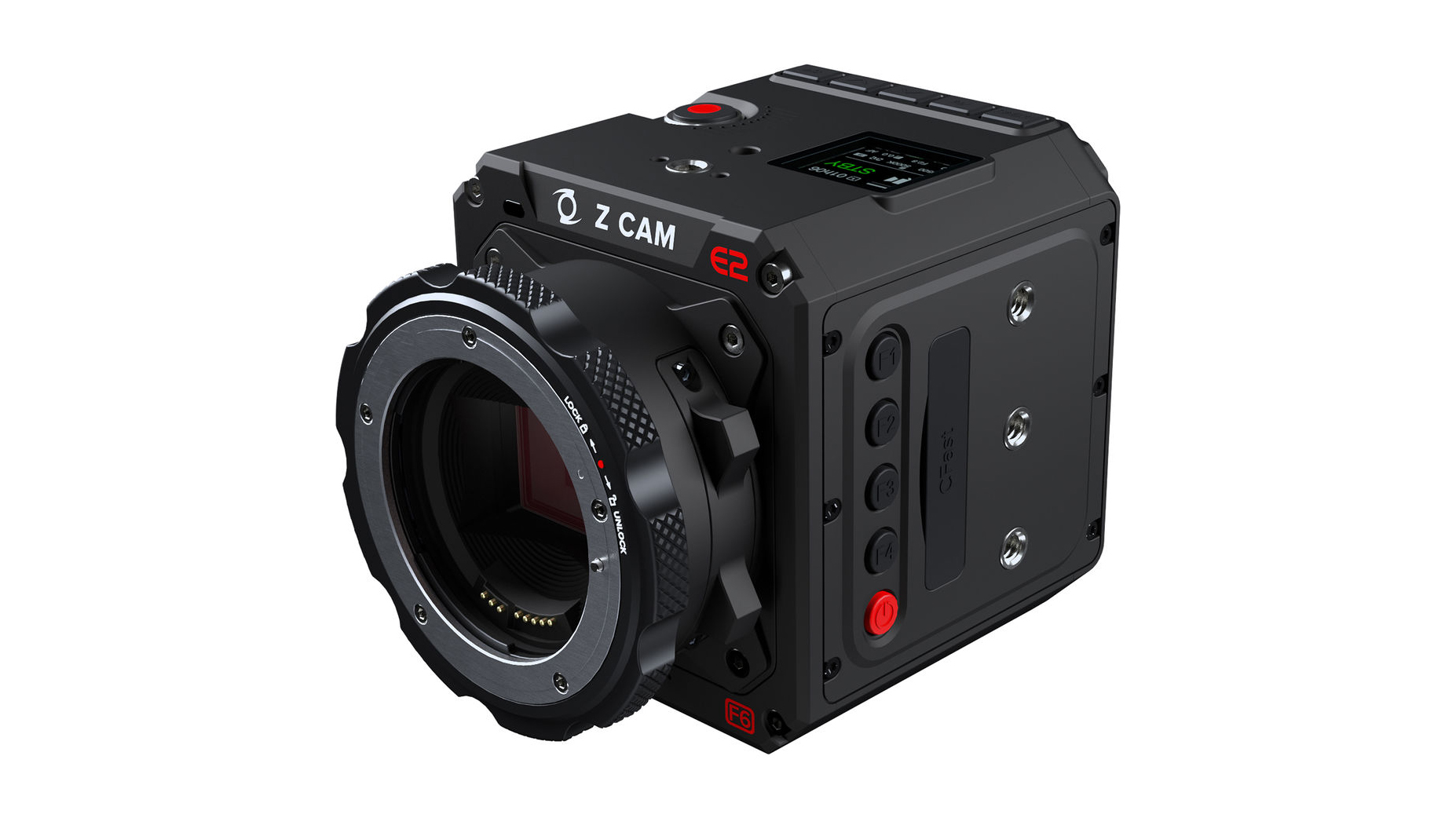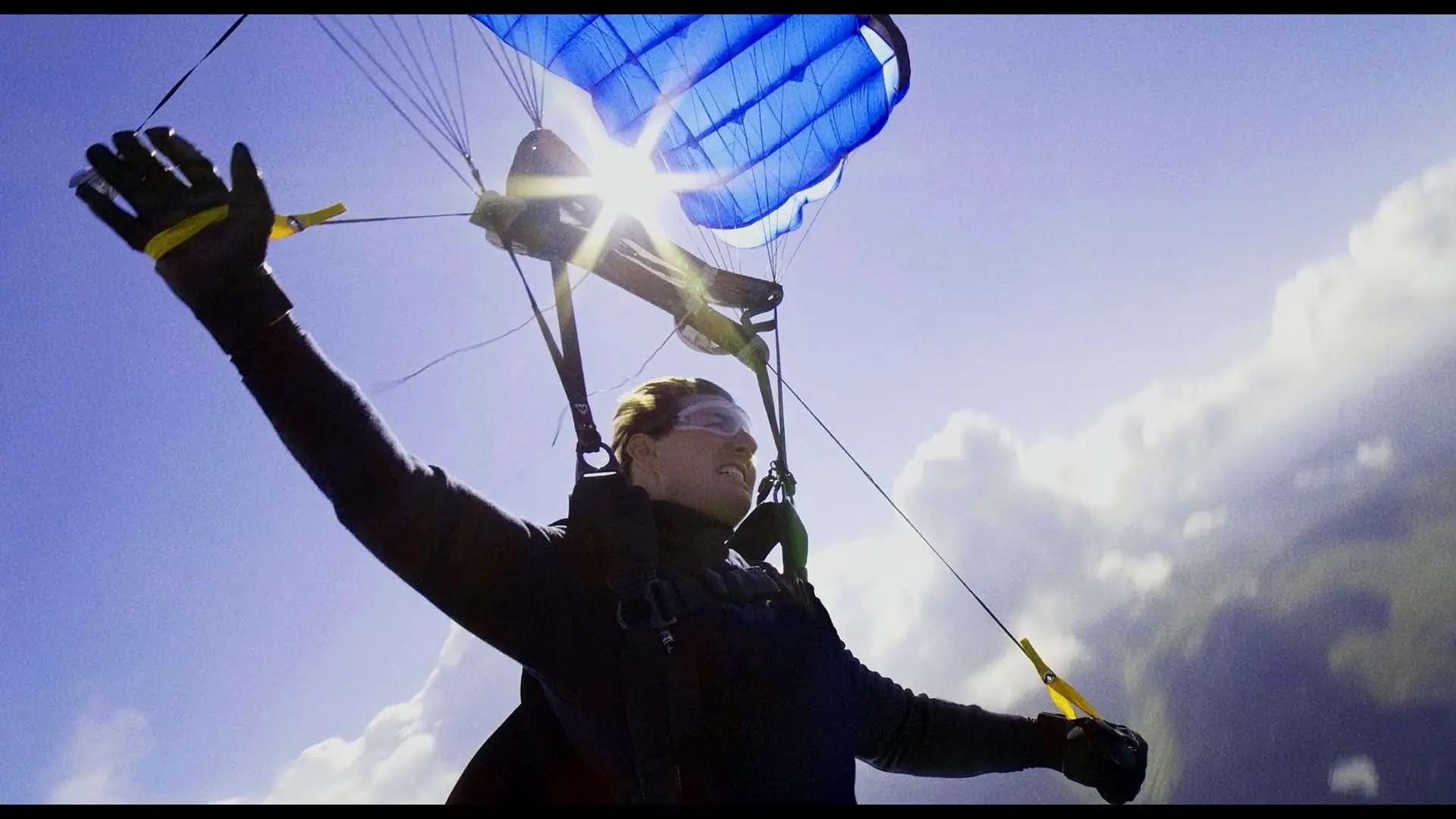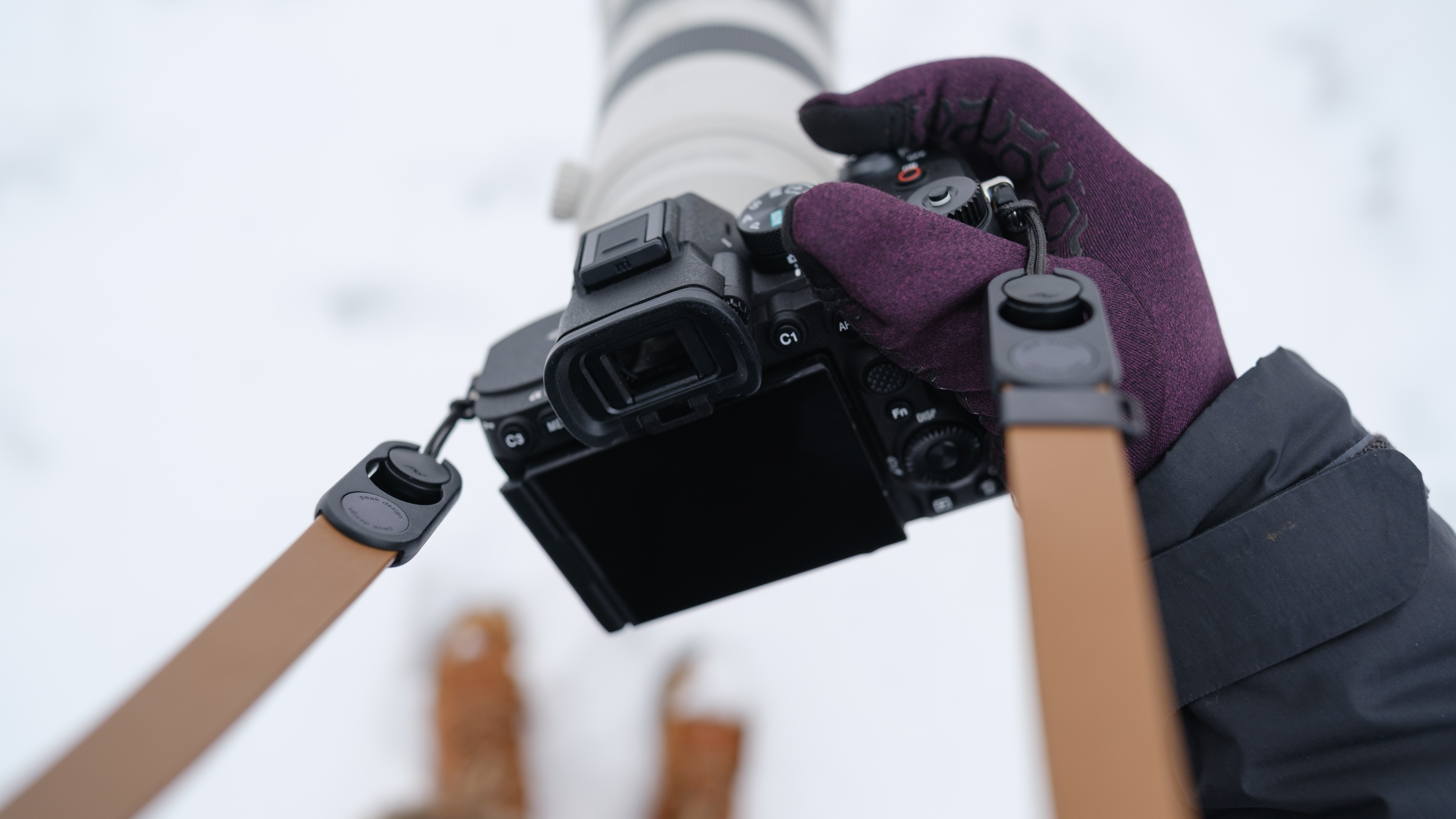Mission: Impossible hits $235.6 million… shot on $3,000 cameras!
Now at $235.6 million at the box office, the new Mission: Impossible was shot on $3,000 Chinese cameras

It's been hard to ignore the latest hype in Hollywood right now, with the launch of Hollywood blockbusters such as Barbie or the hotly anticipated Oppenheimer, and Mission: Impossible – Dead Reckoning Part One is certainly a must-see movie.
• Check out the best cinema cameras available right now
While this new action-packed thriller was shot mostly on IMAX cameras, we see our favorite agent in a lot of action scenes from car chases to plane crashes. And since the production didn't want to destroy IMAX cameras like Christopher Nolan, the crew chose a very specific brand of box-style camera to use for these high-risk "crash cams".
I bet it's not the brand you're thinking about, though. While most would be thinking a camera from Red Digital Cinema, the camera of choice was in fact the Z Cam E2 F6 – which is a 6K full-frame camera that costs just $3,000.
What is a Z Cam E2 F6 camera?
The Z Cam E2-F6 is a 6K full-frame cinema camera that comes equipped with a Canon EF lens mount. The camera features 10-bit 4:2:2 color support and nominal 15 stops of dynamic range, it supports timecode, shoots up to 6K at up to 60fps, and records data up to 300Mb/s onto CFast 2.0 media.
Supported recording formats include ZRAW format, which supports 12-bit, MOV, and MP4 using H.265 for 10-bit recording, and H.264 which supports 8-bit recording.
Its HDMI 2.0 port supports 4K 60p, 10-bit 4:2:2 video output. Audio is recorded in 24-bit 48kHz using AAC or PCM (the latter for MOV format only) through its 3.5mm stereo jack or via a separately available XLR connector, using its 5-pin LEMO port.
The best camera deals, reviews, product advice, and unmissable photography news, direct to your inbox!
So it is basically a full production camera, neatly tied up into the ever-popular box-style cine body that's increasing in popularity. And after this movie, I can see many keen filmmakers jumping on the bandwagon, especially as they are only $2,999 at B&H currently (body only, of course).
Okay, I know what you're thinking: that's still a crazy amount to basically put in a position where it could get destroyed. But when you are comparing $2,999 to $500,000 IMAX cameras, these seem like a really good deal – and according to YM Cinema, the 6K Z Cam footage looks great on the big screen when compared to the main IMAX camera shots.
It really goes to show how well regarded these cameras must have been by the movie producers to use so many of them throughout the entire film. The budget might be one thing, but on a set like this you can't skimp on quality to save a few thousand dollars in a multi-million dollar movie.
Clearly, the gamble paid off – but does this mean that Chinese cinema cameras have become better than ones produced by the like of Red, Sony or Panasonic? Only time will tell!
You might be interested in the best 6K and 8K cameras, as well as the best cameras for video. And don't forget to check out the best cine lenses and best anamorphic lenses, too.

For nearly two decades Sebastian's work has been published internationally. Originally specializing in Equestrianism, his visuals have been used by the leading names in the equestrian industry such as The Fédération Equestre Internationale (FEI), The Jockey Club, Horse & Hound, and many more for various advertising campaigns, books, and pre/post-event highlights.
He is a Fellow of the Royal Society of Arts, holds a Foundation Degree in Equitation Science, and holds a Master of Arts in Publishing. He is a member of Nikon NPS and has been a Nikon user since his film days using a Nikon F5. He saw the digital transition with Nikon's D series cameras and is still, to this day, the youngest member to be elected into BEWA, the British Equestrian Writers' Association.
He is familiar with and shows great interest in 35mm, medium, and large-format photography, using products by Leica, Phase One, Hasselblad, Alpa, and Sinar. Sebastian has also used many cinema cameras from Sony, RED, ARRI, and everything in between. He now spends his spare time using his trusted Leica M-E or Leica M2, shooting Street/Documentary photography as he sees it, usually in Black and White.


